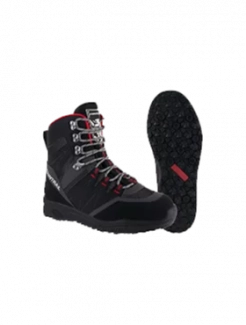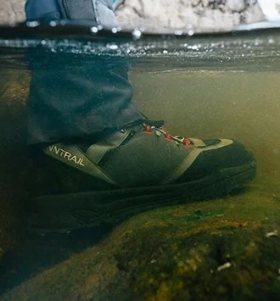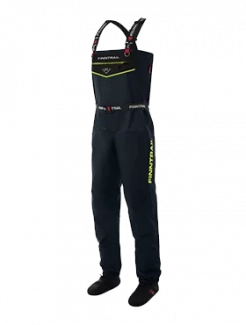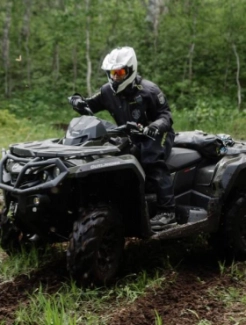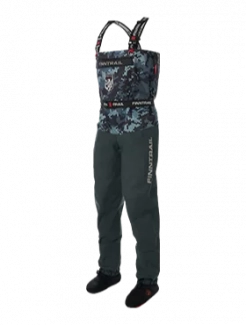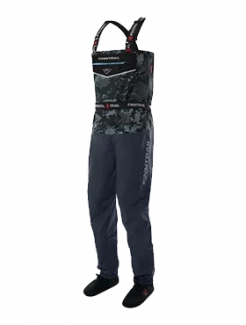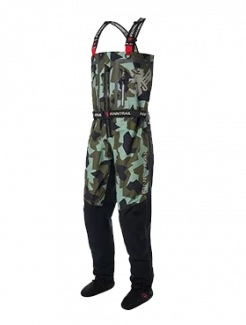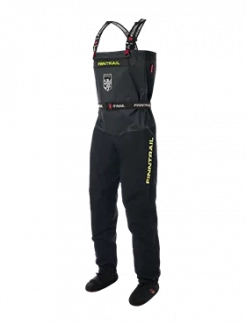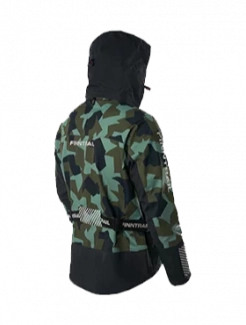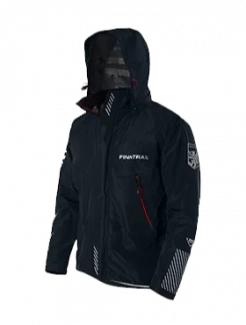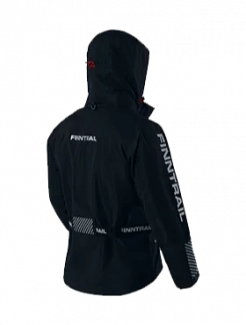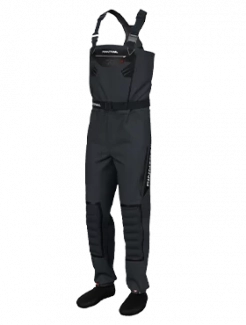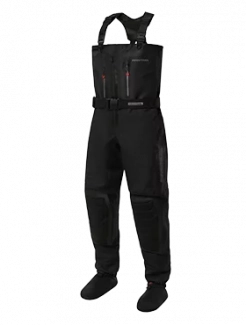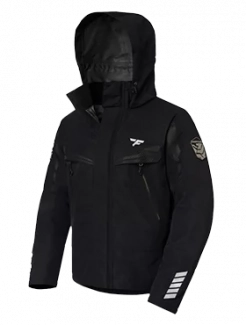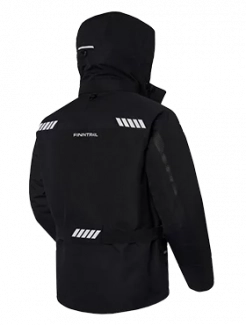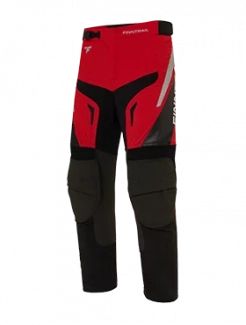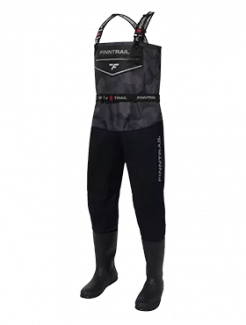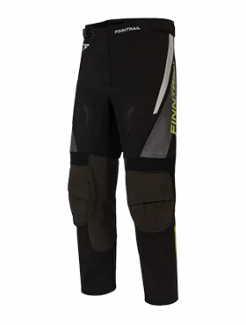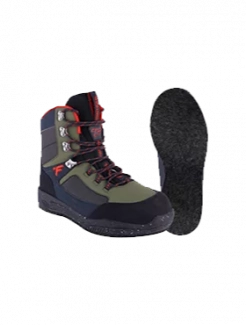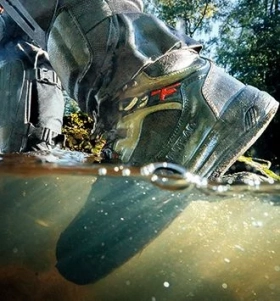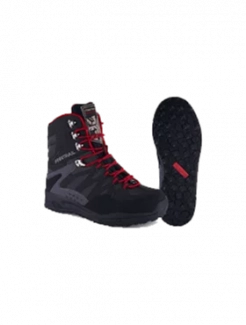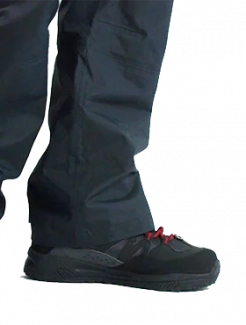Essential Maintenance Tips to Extend the Life of Your Off-Road Gear
When you're gearing up for adventure, your equipment needs to be as ready as you are. Effective off-road maintenance isn’t just about checking tires and oil—it’s about making sure your entire setup is game-ready for the changing terrain, weather, and demands of off-trail driving. From prepping your vehicle to inspecting accessories and recovery gear, these maintenance tips will help you stay safe, efficient and ready for whatever the trail throws at you.

Why Off-Road Maintenance Matters
Whether you ride an ATV, UTV, dirt bike or drive a 4×4, the demands of off-road terrain bring extra stress. Rocks, mud, steep gradients, water crossings and vibration all take their toll. Proper maintenance:
-
Reduces risk of breakdowns far from help
-
Preserves your gear’s lifespan and performance
-
Ensures safety for you and your passengers
-
Prepares you for unexpected conditions
As highlighted in an article by Polaris, being prepared for the unexpected is a key part of going off-road. By following structured maintenance routines, you’ll maximise your enjoyment and minimise the stress of unexpected troubles.
Pre-Ride Inspection: Start Every Trip Right
Before hitting the trail, run through a pre-ride checklist focusing on the basics:
Tires & Wheels
-
Check tire pressure: correct pressure ensures better traction and reduces sidewall damage.
-
Inspect tread and sidewalls for cuts, bulges or embedded rocks.
-
Make sure wheel nuts are properly torqued and nothing is loose.
Fluids & Filters
-
Check engine oil, coolant, brake fluid, transmission/differential fluids as applicable.
-
Look at air filters: off-road driving kicks up dust, sand and debris—clean or replace the filter if needed.
-
Lubricate pivot points and check for leaks or seepages.
Brakes & Suspension
-
Ensure brake pads/rotors are in good shape and free of major mud build-up.
-
Inspect suspension components for damage, leaking shocks or bent links.
-
Check steering linkage and make sure there’s no excessive play.
Electrical & Lights
-
Test lights, switches, battery connectors and wiring for rips, corrosion or loose connections.
-
Ensure any auxiliary lighting or recovery gear is properly mounted and functioning.
Fasteners & Undercarriage
-
After rough terrain, vibration can loosen bolts. Inspect skid plates, chassis bolts, harness mounting points.
-
Clean the underside of your vehicle to remove mud, rocks and debris that may trap heat or cause damage.
Post-Ride Maintenance: Don’t Skip the Cleanup
Once you’ve completed your run, a thorough cleanup and inspection will help extend your gear’s life.
Rinse & Dry
-
Use water to remove mud, sand and salt (if present). This prevents corrosion and abrasive wear.
-
Pay special attention to underneath the vehicle and within suspension linkages.
-
Dry everything thoroughly—moisture left behind can lead to rust.
Inspect for Damage
-
Check for new dents, cracks, bent components or stripped threads.
-
Inspect tires for new punctures, embedded objects or unusual wear patterns.
-
Examine the air filter again—riding dirty trails often loads it up quickly.
Re-Lubrication & Tightening
-
After cleaning, re-lubricate moving parts (pivot points, hinge pins, bolts).
-
Retorque bolts as required according to the manufacturer’s spec.
-
If you’ve got aftermarket gear (skid plates, bumpers, recovery points), check their mounting as well.
Fluid Levels & Condition
-
Verify fluid levels again—coolant and oil may have changed slightly during the ride.
-
Consider whether any fluids need replacing or if filters have become clogged during the ride.
Scheduled Maintenance: Set a Rhythm
For continuous performance and minimal surprises, incorporate scheduled service intervals into your routine.
-
After every major trail ride or every certain number of hours (check your owner’s manual).
-
Key items include: full fluid change (engine/transmission/gearbox/differential), filter replacements, belt drives or chain drives inspection, bearing and U-joint greasing, suspension service.
-
Keep a log: date, hours, what was serviced—this helps spot patterns of wear and ensures you don’t skip maintenance.
The Polaris article emphasises the importance of familiarising yourself with your vehicle’s service items and fasteners, so a tool kit on every ride will help you tweak or adjust as needed.
Gear & Accessory Maintenance
Beyond the vehicle itself, your off-road gear—helmets, boots, gloves, recovery kit—also needs care.
Riding Gear
-
Clean helmet visors, check helmet shell for cracks, inspect liner for wear.
-
Wash jackets/boots, remove mud from buckles and zippers, let dry thoroughly.
-
If your boots or gloves are heavily used in muddy or wet conditions, dry them out and treat with suitable protectants as needed.
Recovery Kit & Tools
-
Ensure your tow straps, snatch blocks, shackles, winch line and jack are in good condition, free of kinks, rust or damage.
-
Pack spare parts: Today’s pre-ride tool kit should include common wrenches, screwdrivers, tire-plug kit, air pump.
-
Check expiry dates for first-aid supplies, lubricants and sealants.
Storage & Transport
-
When storing your gear or vehicle, keep it covered and dry.
-
Elevate tires off the ground if storing long term to avoid flat-spots or sidewall damage.
-
Remove batteries or maintain a trickle-charger if your vehicle will sit unused for an extended period.
Pro Tips & Trail-Smart Habits
-
After a heavy ride, listen for unusual noises next time you start up—squeaks, groans or rattles could hint at loose parts.
-
Carry a small journal or app log of each ride: where you went, conditions, problems encountered—after a few trips you’ll spot recurring issues before they become big failures.
-
Adapt maintenance to terrain: if you regularly ride rock gardens, expect faster wear on suspension and tyres; if you ride sand or mud, expect more frequent cleaning and filter replacement.
-
Use condition-based maintenance: don’t just rely on hours/miles—inspect key components (e.g., belts, chains, bearing play) and replace when condition dictates.
Final Word
Good off-road maintenance isn’t just mechanical—it’s strategic. By combining pre-ride checks, post-ride clean-ups, scheduled service and gear inspection, you keep your equipment trail-ready and reduce the chance of a breakdown at the worst moment. Use these maintenance tips as a foundation for your routine, adapt them to your gear and terrain, and you’ll enjoy smoother, safer and more reliable off-road adventures.
Stay prepared, respect the trail and let your gear perform for you.

